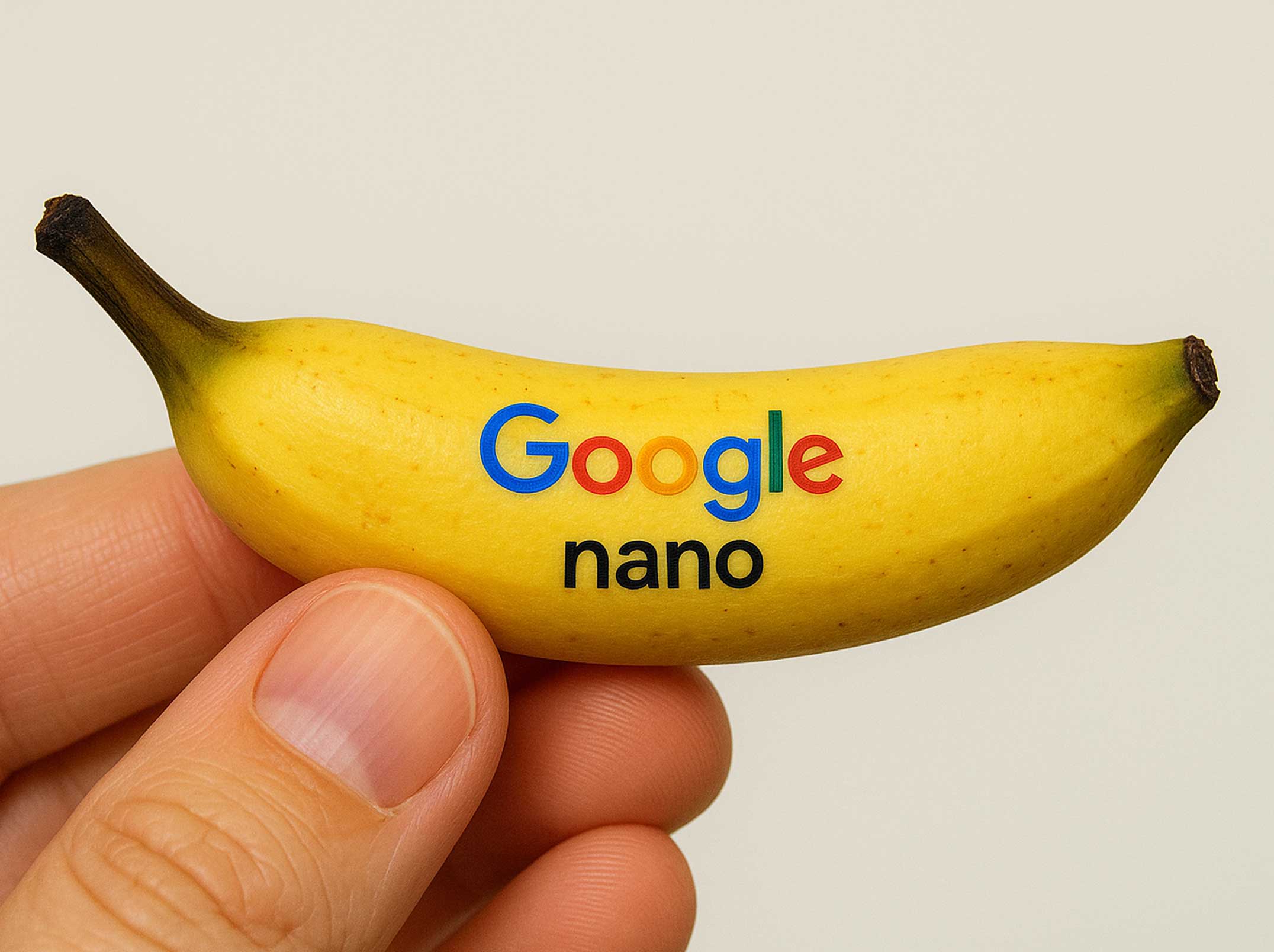Google Ads’ Exact Match Keywords: Adapting to Recent Updates
Explore Google Ads' updated exact match keywords and strategies to maximize reach while maintaining precision.

Once upon a time in the world of digital advertising, Google Ads' exact match keywords were all about pinpoint precision. Your ad would only show up if a user typed in exactly what your keyword said. Simple, right? Well, not anymore! The digital landscape is always evolving, and so has Google Ads.
Exact match has truly transformed, now casting a wider net to capture a broader range of search intents. This evolution is designed to give advertisers a bigger reach, but it also means we need to get smarter about how we use them. To keep your campaigns humming along effectively, it's crucial to understand these nuances. No more dull, one-to-one matching—it's time for a more dynamic approach!
Google's Exact Match is Shift Towards User Intent
Google Ads' exact match keywords have come a long way from their origins. Historically, these keywords guaranteed your ads appeared only when a user's search query was an almost perfect match—think verbatim, with slight allowances for plurals or misspellings. It was all about precise keyword alignment.
However, since 2018, Google has significantly broadened this definition. Now, exact match includes "close variants" that share the same meaning or intent as your original keyword. This evolution marks a pivotal shift, placing a much greater emphasis on user intent than ever before. For advertisers, this means understanding search behavior is critical to unlocking peak campaign performance. If you're looking to elevate your keyword strategy, focusing on user intent can empower your campaigns to outperform traditional, rigid keyword selection methods.
Implications for Advertisers
While this expanded matching can boost ad exposure, it also introduces a new set of challenges. Your ads might now show up for searches that, while semantically similar, don't precisely match your ideal target audience. This can result in unwanted impressions and clicks, potentially driving up your advertising costs without delivering valuable conversions. To combat this, advertisers need to be vigilant, consistently reviewing Search Term Reports to pinpoint and exclude any irrelevant matches.
Strategic Use of Negative Keywords
To manage the risks that come with the expanded reach of exact match keywords, it's vital to implement negative keywords. These act as a shield, stopping your ads from appearing for specific search terms that aren't relevant to what you're offering. By carefully building a list of negative keywords, you can keep control over where your ads show, making sure they only reach the most relevant audiences.
Balancing Match Types for Optimal Performance
Given the ever-evolving nature of keyword matching, advertisers should adopt a balanced approach by strategically combining different match types. Broad match keywords are excellent for capturing a wide range of search queries, helping you discover new opportunities. On the other hand, exact match keywords provide pinpoint precision, ensuring your ads show for the most relevant searches. Sitting neatly in between, phrase match offers a good balance of reach and control.
To succeed long-term, it’s not just about picking the right match type—it's about creating an interconnected strategy that supports discoverability across channels. This is where it helps to build an SEO web instead of a rigid funnel, allowing campaigns to adapt and thrive as search algorithms evolve.
Adapt to Changes
The Google Ads landscape is constantly shifting, with recent updates significantly altering how match types operate. Notably, broad match has become the default for new search campaigns. While this can expand reach, it also risks inflating ad spend if negative keywords aren't meticulously applied. Advertisers must therefore remain hyper-aware of these ongoing changes, continually adapting their strategies to guarantee optimal campaign performance and maximize ROI.
Conclusion
The expansion of exact match keywords in Google Ads signals a clear shift: Google's leaning heavily into machine learning to interpret user intent. These changes definitely open doors for wider reach, but they also demand more sophisticated strategies from advertisers to keep their campaigns firmly in control. Embracing AI advancements won't just be helpful; it'll be essential for staying competitive. We're already seeing powerful tools, from smarter bidding strategies to predictive targeting. What truly matters now is how effectively
Subscribe to our newsletter
Stay informed with the latest marketing trends, expert insights, and exclusive updates delivered monthly.




